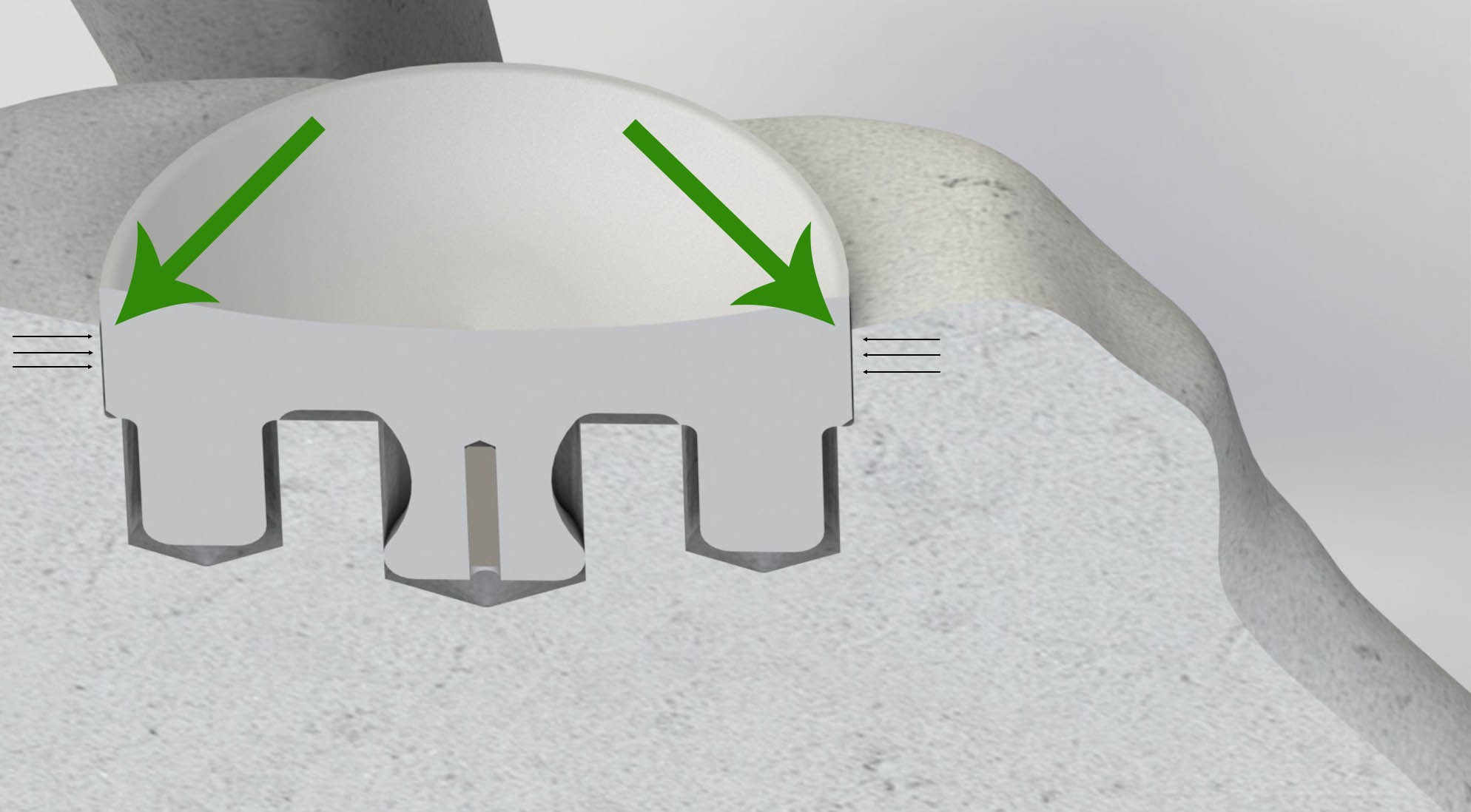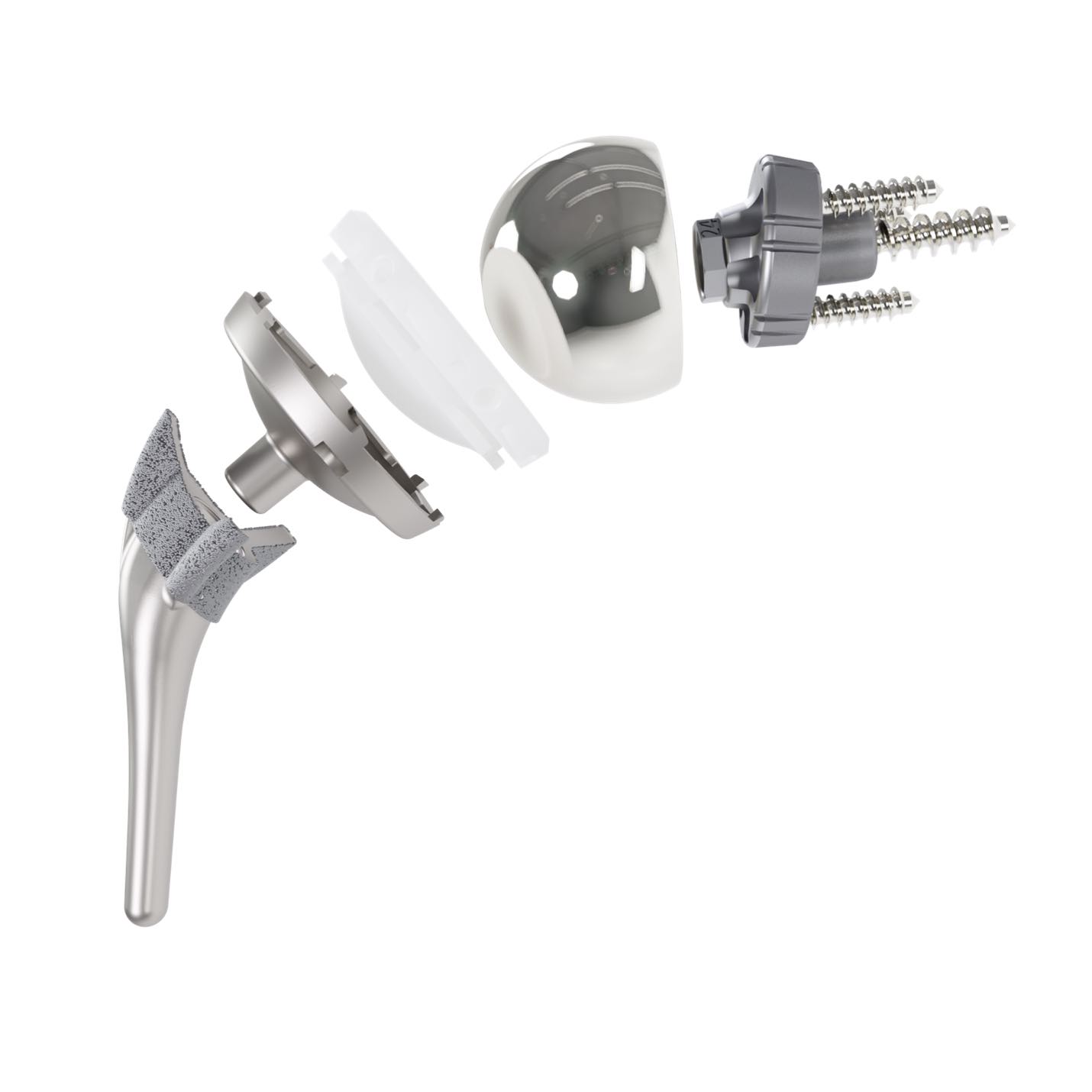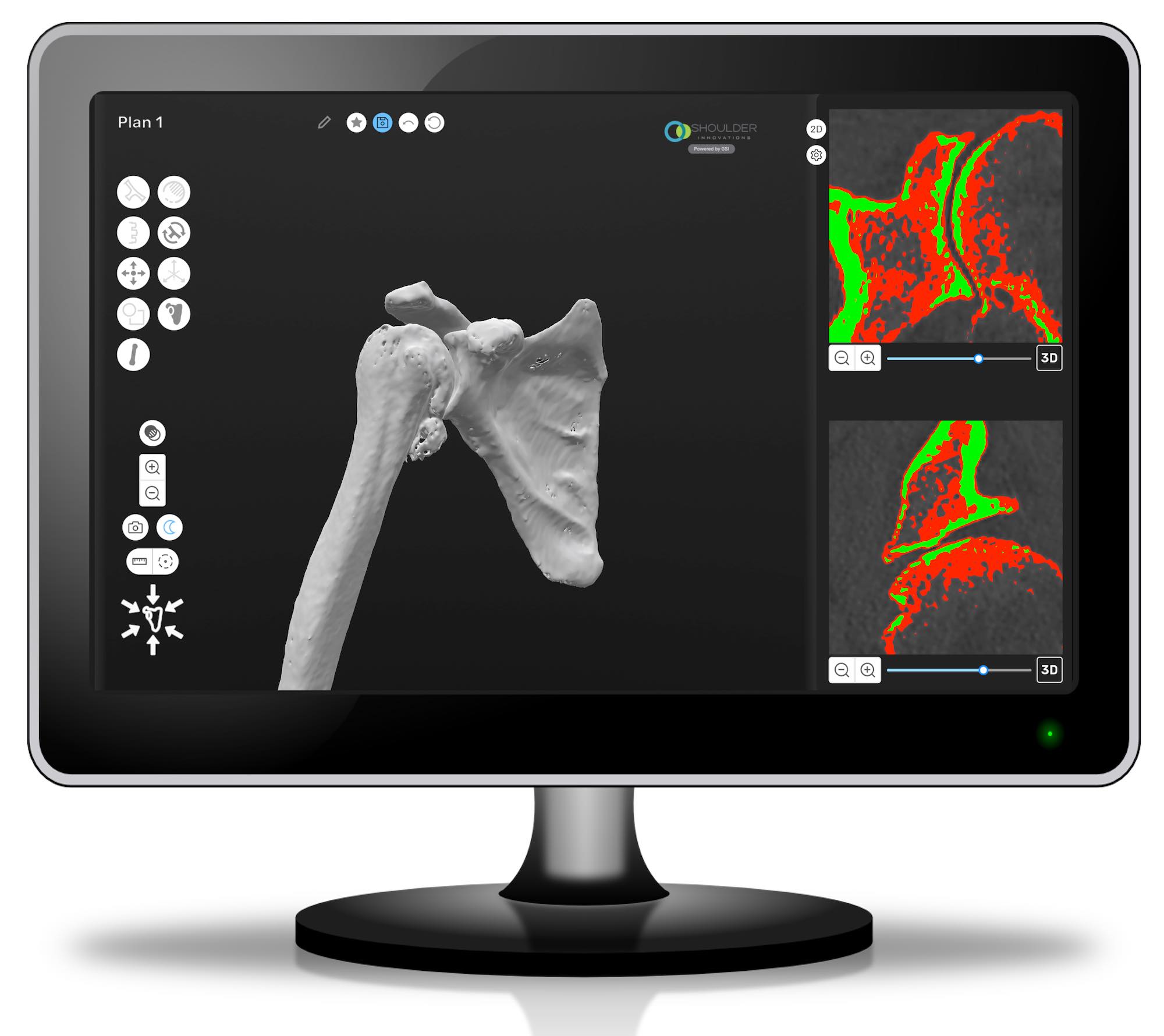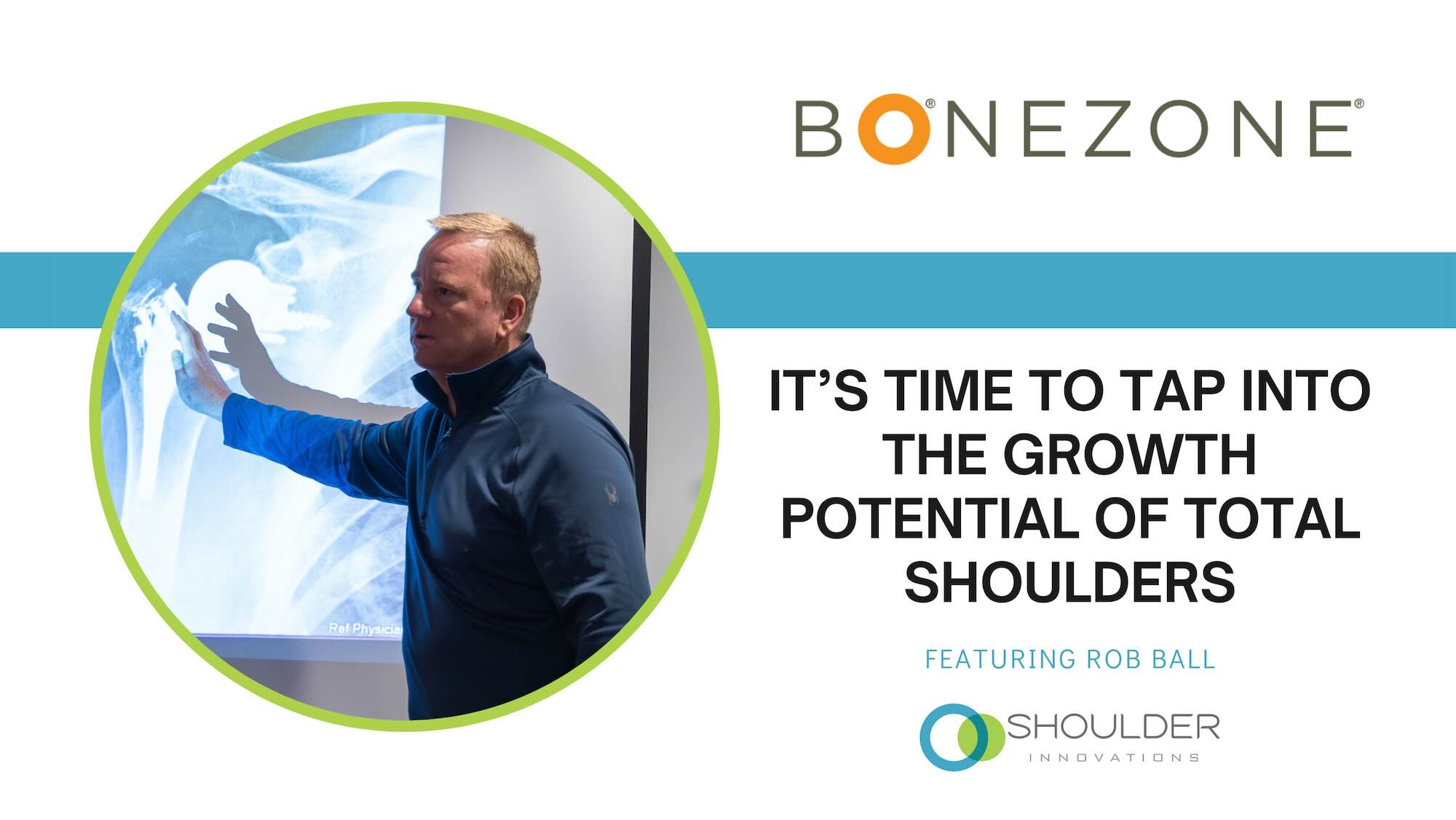The following contains excerpts from “It’s Time to Tap into the Growth Potential of Total Shoulders” by Kendal Kloiber at BONEZONE
Shoulder replacement surgery is entering a transformative phase, driven by advancements in implant technology and surgical techniques. THE ORTHOPAEDIC INDUSTRY ANNUAL REPORT published by ORTHOWORLD noted that growing demand for shoulder arthroplasty helped spur orthopedic sales in the extremity joint replacement segment to $2.7 billion in 2022 — 7% more than the previous year. The burgeoning reverse shoulder replacement segment is an $800 million market that’s showing double-digit growth, according to the report.
The longevity of shoulder implants is a key concern for orthopedic manufacturers, noted Robert Ball, CEO of Shoulder Innovations. Loosening of the glenoid implant is a common concern.
To address this issue, Shoulder Innovations created the InSet System, which not only provides better fixation but also allows surgeons to reconstruct the shoulder anatomy to a more natural position. Unlike traditional implants that are placed on top of the glenoid surface, InSet’s device is set within the most supportive bone of the glenoid. This significantly reduces the stress that contributes to loosening, Ball noted.

“Shoulder replacement outcomes are based on complications, joint function and postoperative pain,” Ball said. “When surgeons position anatomy more naturally, the likelihood of complications and post-op pain is reduced, and range of motion is increased.”
Ball emphasized the importance of developing shoulder replacement systems with the ASC customer in mind. “Our platform includes seven shoulder arthroplasty products in two basic instrument trays,” he said. “That makes it easier for the surgical team to support the surgeon, resulting in simpler and shorter procedures.”
Reverse Shoulders on the Rise
A notable shift in the market is the growing popularity of reverse shoulder surgery. By reversing the orientation of the ball-and-socket joint, this procedure leverages different muscle groups to restore shoulder function and stability. Increased interest in reverse shoulder replacement, especially for patients with severe rotator cuff tears or cuff tear arthropathy, has prompted advancements in implant designs and ancillary technologies.
“Most of the recent changes and efforts to improve range of motion are seen in the biomechanical designs of reverse implants,” Ball said

Shoulder Innovations’ InSet Reverse Shoulder System strengthens fixation and reduces complication risks. The comprehensive implant system lets surgeons tailor the fit of its components to the unique anatomy of individual patients. InSet’s titanium humeral stems include curved fins that provide increased stability and a porous titanium surface coating that promotes bone regeneration and bonding.
“Placing InSet devices on the reverse side of the shoulder so that the implants support the scapular and humeral sides of the joint provides excellent fixation and allows the surgeon to restore anatomy to a more natural position,” Ball said.
Planning for Improved Outcomes

Shoulder Innovations supports its InSet Shoulder System with PreView Shoulder Arthroscopy Planning Software, which converts CT scans of the shoulder joint into 3D anatomical models. Surgeons can review the model before surgery to plot out an effective surgical plan and optimize the implant size, placement and orientation.
As major players continue to spearhead advancements in implant design and adopt enabling technology, the future of shoulder surgery looks promising. The introduction of innovative devices will redefine surgical precision, patient customization and overall joint health.
Ball believes that the future of shoulder replacement surgery will involve increased specialization and addressing the clinical needs of individual patients. “Companies will need to be highly flexible to provide a broad range of products to highly specialized surgeons who know exactly what they want to deliver the best possible care to their patients.”

